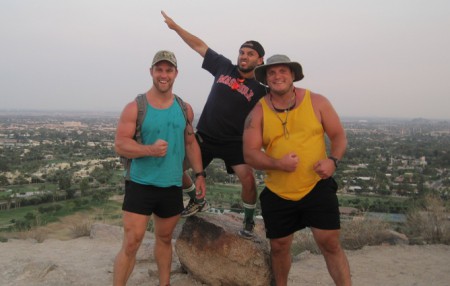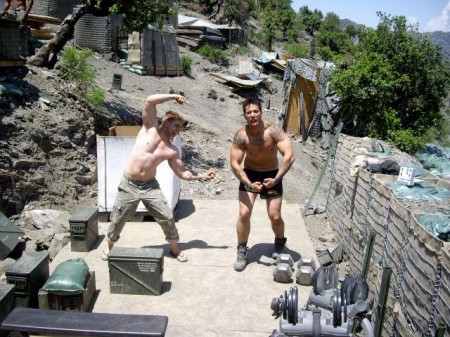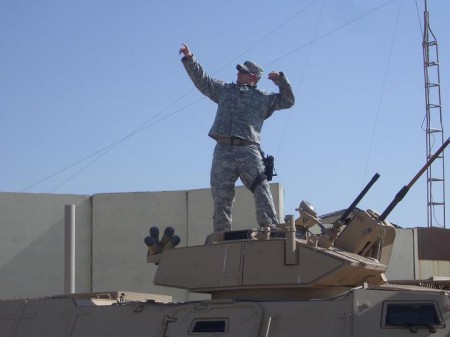I realize some of you have an aversion to conditioning because of a disdain for CrossFit. Others consider conditioning a waste of time because they are primarily strength athletes — powerlifters, weightlifters, strongman competitors, or just someone who wants to be strong. Well, it’s time to stop being a baby and avoiding something that can help your strength training, your health, and your horizontal rumba.
“Conditioning” is a term that I use to represent “Endurance”. The latter is most often associated with long, slow distance (LSD) training, so I typically avoid using it. “Conditioning” technically also means “conditioning structures like muscles, tendons, bones, and ligaments to a stress”, so the term is actually too broad to use. Because of that, in FIT we used the phrase, “high intensity endurance training” to more properly define “high intensity conditioning”. High Intensity Endurance Training is what I’m referring to here when I say “conditioning”, and it can help a lifter.
At the very least, conditioning can help improve a lifter’s ability to recover in between sets. If a set of five is a strain on “conditioning capability”, then that’s problematic in a training program. Not only are the muscle fibers and motor neurons having to recover for the set, but the energy systems as well. If that same lifter had better conditioning capability, then the demand for the energy systems to recover would be removed, and they’d have quicker recovery between sets. That means they would be fresher to apply more force properly in the actual set, yet it would also help initiate overall recovery for the next workout because they are causing a lower overall stress.
Conditioning is also something that regulates body fat. The “why” is because of how high intensity conditioning causes a deficit in substrates. The body adapts in a way that it can handle that deficit of substrates again in the future, and one of the adaptations is lowering body fat in the long term. A skeptic can just look at the waif-like, yet lean figures in the men’s CrossFit population (the part that doesn’t strength train). Obviously there are more variables that go into body composition, but conditioning is something that improves performance but also can lower body fat. Compare that to something like “fasted cardio”; it’s only performed to decrease body fat and actually has some negative side effects (e.g. being on your feet and walking for 5 to 8 hours a week).
The cardiovascular and respiratory adaptations to conditioning training will also help acute and long-term health. It helps improve recovery between sets. Being able to sustain higher rates of work or sustain a given rate of work for longer will only augment your horizontal ramba capability, though it won’t improve your skill. There are many benefits a strength athlete can gain from conditioning, but the fear is that it will hurt the strength training or overall strength.
Chris has had this fear for a while. We talked about including two days a week of conditioning after the Arnold, but it wasn’t really implemented. As we visited together, I emphasized that conditioning — especially when placed in a program properly — won’t be debilitating to heavy strength training. We proved that this past weekend in Arizona. Chris had numerous factors that were negatively effecting his training: sleeping on a couch for a week, not eating good quantities or qualities of food, travelling, and being in the sun a lot. Then on Friday night, we climbed Camel Back Mountain with our buddy Luiz. Chris hasn’t climbed a mountain in five years and doesn’t really do conditioning. There were times when he had to stop to catch his breath on the climb, not to mention the hundreds of “lunges” he did going up and all of the eccentric work on his knees on the way down. Nevertheless, he came into the gym the next day (after more travelling) to squat up to 615 and 620 (video below). If there was a set of circumstances that would result in ruining his strength or strength training, it would have been what he went through in the last week.
The point? When conditioning is properly programmed, it will augment your health and training. It won’t be debilitating to your heavy days. Conditioning is relative to what a person is adapted to, and in the future we’ll look at how to determine what to do and how to do it.




